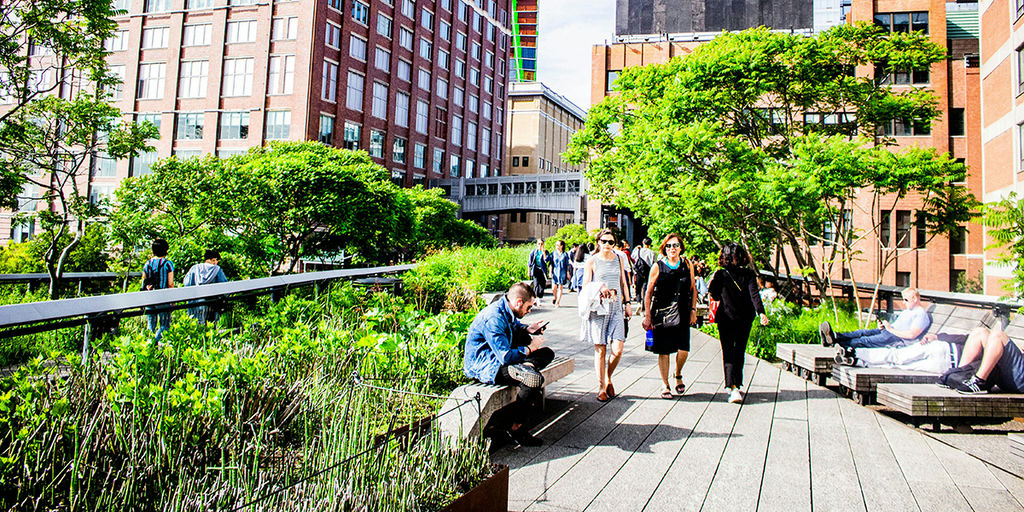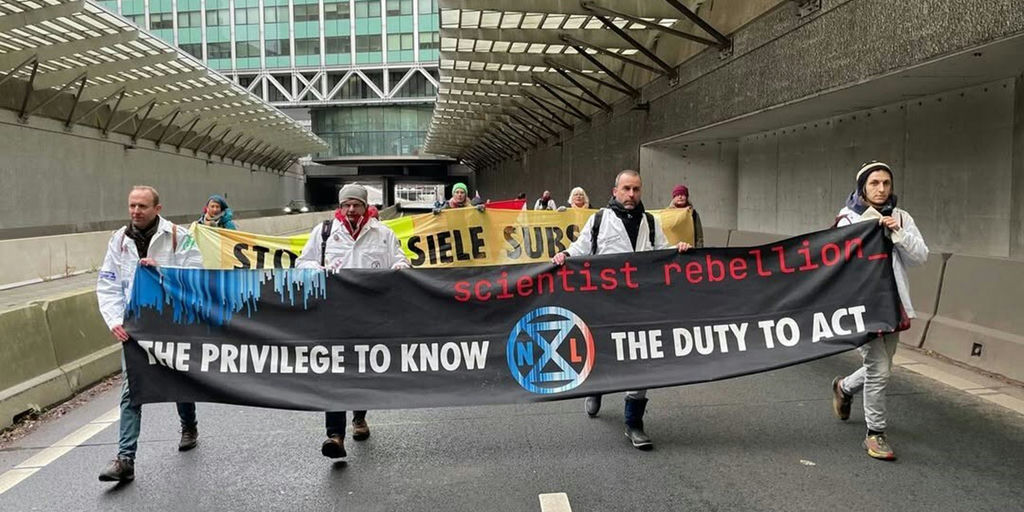Building Climate Resilience: Where Function Meets Fun

Image Source: Simon Bak/Unsplash
The words “climate-resilient towns and cities” may not immediately bring to mind pictures of playgrounds, skate parks, or climbing walls. Yet, rethinking how human spaces are designed to address climate change also opens the door to creating dynamic, interactive environments. Around the world, cities are seizing opportunities to transform climate adaptation efforts into a chance to inspire joy and outdoor exploration.
By strategically integrating climate-smart features—like permeable surfaces, natural shading, or greenspace into parks and recreational areas, these spaces can mitigate flooding and help manage urban heat. Making places more walkable also reduces transportation carbon pollution. Plus it can enhance local biodiversity. It is a great opportunity to invite people to actively engage with nature, fostering a sense of stewardship for our environment.
Growing Up Boulder, Colorado, USA Parks and playgrounds are central to childhood, yet how often are children invited to imagine what they would like to experience in these spaces? The nonprofit Growing Up Boulder empowers children to co-design parks in their community. From bold requests for zip lines to whimsical nooks for plants and insects, the children’s visions result in engaging play areas alongside valuable lessons in civic involvement. Children who see their ideas take shape gain a sense of ownership and responsibility, fostering a new generation of engaged, conscious citizens.
Underpass Park, Toronto, Canada In Toronto, a gray, unremarkable underpass has been transformed into a playground hidden beneath the city’s highways. Basketball courts, skateparks, and public seating bring people together to relax and play in a spot that used to be full of dust and shadows. A mirrored art piece suspended on the bottom of the overpass reflects light and colors, brightening the area. The project integrates permeable surfaces to manage water runoff, reducing flood risks and protecting Lake Ontario’s health. As the success of Underpass Park shows, no place is beyond redemption.
CopenHill, Copenhagen, Denmark Wondering where to go for a day of skiing, hiking, and climbing? Residents of Copenhagen, Denmark visit their local waste-to-energy plant. Once an industrial area avoided by locals, the roof of CopenHill has been converted into a ski slope and the sides have been transformed into a huge climbing wall drawing people to visit this spot for a day of outdoor adventure. The original design’s 100 plant species have doubled, thanks to seeds carried by foraging birds. As a naturally flat country, Denmark’s first ski slope provides a novel, local opportunity for an exhilarating and sustainable experience.
The High Line, New York City, USA Urban expansion often leaves little room for new green spaces, but New York City's High Line shows how even the constraint of tight spaces can be overcome using a little creativity. This 1.4-mile park is built on an abandoned elevated railway, offering a lush walking path with over 500 species of plants, spots to rest, different views to enjoy, and unique art installations. The High Line park is practical as well as beautiful, incorporating sustainable water management techniques and ecologically mindful landscaping. Between pollinators and pedestrians this railway is alive with activity again - a reminder that even neglected infrastructure can transform into a community treasure.
Gardens by the Bay, Singapore Few places embody the fusion of nature and technology as seamlessly as Gardens by the Bay. Its towering Super trees, vertical gardens which rise up to 50 meters, collect rainwater to store as a resource for potential droughts while generating solar energy for the park’s needs. Ranked among the world’s top attractions, the Gardens reflect Singapore’s commitment to an enjoyable present and a resilient future. This urban landscape is a harmonious balance of beauty, utility, and sustainability.
Creating Climate-Resilience Resilience is not limited to large-scale projects—individual actions can spark meaningful change. Here are practical steps you can take to foster sustainable design in your community:
1. Engage Locally: Attend community meetings and advocate for sustainable, inclusive green spaces. Research and vote for candidates in your area who will support climate resilience.
2. Collaborate Across Generations: Involve children, seniors, and people with disabilities in planning discussions.
3. Promote Sustainable Design: Support initiatives featuring renewable energy, regreening your area, and water-efficient landscaping.
4. Volunteer Your Expertise: Artists, engineers, gardeners, and organizers can play pivotal roles in transforming spaces.
5. Host Events: Create opportunities for community engagement through workshops, cleanups, and outdoor gatherings such as a sustainable BBQ.
6. Support Resilient Infrastructure: Advocate for public investments in stormwater management and renewable energy solutions.
7. Celebrate Wins and Take Time for Whimsy: It’s important to turn off the bad news sometimes and make intentional space for fun.
By reimagining community spaces, we can weave joy into the ways we address climate challenges making our neighborhoods more resilient, exciting, and full of life.

